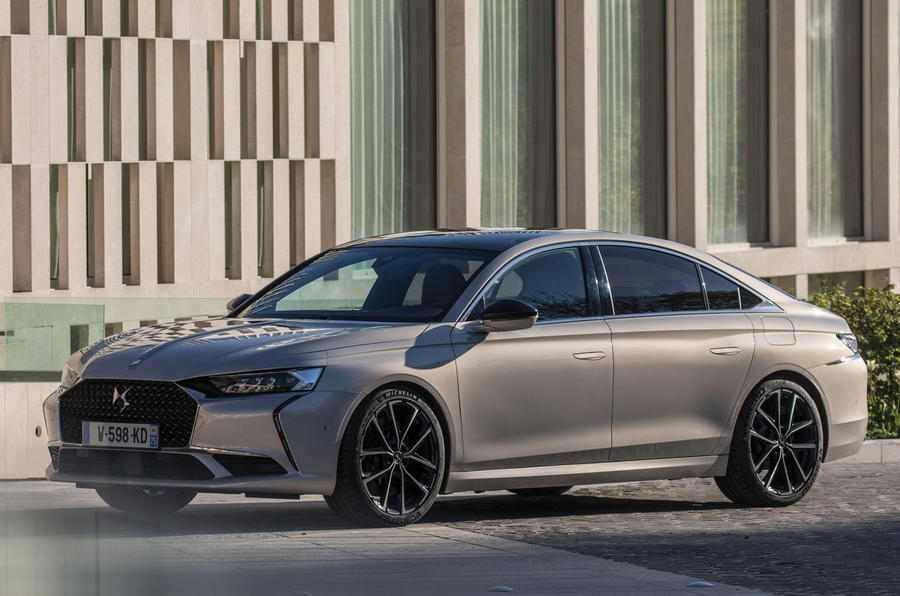China has long been the world’s largest car market, prompting a gold rush for Western car makers since the turn of the millennium.
Back then and for some time since, the stock answer to the question ‘When will you start modifying your cars to meet the demands of your biggest market?’ was to underline that Chinese customers were buying into existing brand values, not expecting them to change to suit their perceived tastes.
To receive the latest industry news, please click here to sign up to the Autocar Business newsletter
There was a logic to that, but it never rang true. Clues initially came in the form of one-offs being revealed by high-end brands at Chinese motor shows and reportedly then sold for vast sums to buyers hell-bent on brand excellence and exclusivity.
Such largesse inevitably filtered down to influence a wider way of thinking. The Chinese love for being chauffeured, ideally in a long, luxurious saloon, was another thing that forced the industry to bend its way.
The most extreme example is the Volkswagen Phaeton, which made it into a fifth era thanks only to China. You can bet your last quid that the new Mercedes S-Class went through extensive customer clinics in China and might argue that the DS 9 was predicated entirely on hoped-for sales there.
The balancing act with all this is authenticity – the very thing that car makers initially argued the Chinese were most interested in.
While it’s logical to move with trends, the pace of doing so must be judged carefully, as changing too fast risks losing the USP that earned you customers’ interest in the first place.
The Chinese market moves fast, as shown by the recent collapse of Citroën, DS and Peugeot sales there. The Stellantis trio have in China the annual capacity to build a million cars but sales of only 100,000. In chasing volume via integration, they got bitten hard.
Their predicament also highlights another threat to Western brands. It’s not just that tastes and respect for reputations change quickly: Chinese customers are also increasingly catered for by a range of new, exciting and, in terms of electrification and connectivity, superior home-grown marques.
China has the capacity to produce around 40 million cars per year but a market for only around 25 million, and much of this surplus belongs to Chinese brands.
So while factories aren’t running at full capacity, about a million cars are exported to fringe markets like Bangladesh, Egypt and Saudi Arabia. But in time (as already shown by BYD, Nio and SAIC), they have more mainstream ambitions.





Join the debate
Add your comment
BangLadesh, uganda, etc have their own car / bus companies now. BangLadesh Auto Industries, BAIL, Uganda Kira motors. To name but un few. Le phiLLipinas now maKe their own 4x4 picKup. Cherry cars Investment en Le Maroc. Egypt Mercedes factoire. etc. Nigeria RenauLt.
Current Chinese cars are notorious for bad quality and reliability, therefore Chinese buyers shy away from Stellantis cars that have similar notoriety. A Japanese member of the board at Stellantis will be worth his weight in gold.If you find me repetetive, don't worry. I'll keep on for the benefit of the industry that puts its reputation in shame and disregard the buyers' respect.
The future is already here. Aren't all Polestars made in China? 2 of the biggest brands sponsoring the football were Chinese. Western consumer societies are addicted to Chinese exports paid for on cheap credit.